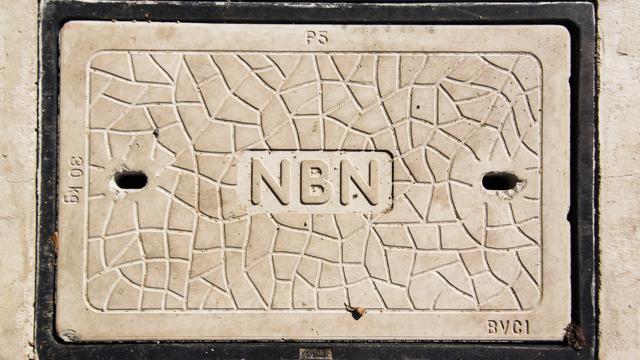This morning, NBN released a list of the 10 most expensive fibre to the premises (FTTP) installations rolled out under its original network plan. Despite the company generally staying tight-lipped about ‘commercial in confidence’ information — including in its reports to the Senate committee charged with keeping it in line — it’s clearly happy to publish data that supports its government-mandated multi-technology mix.
The list, which was provided to The Australian Financial Review, News.com.au and The Australian ahead of its wider release, was timed to coincide with NBN’s own announcement of the positive results of its first fibre to the curb (FTTC) installation in its trial rollout.
[referenced url=”https://gizmodo.com.au/2017/10/the-first-nbn-fibre-to-the-curb-has-been-switched-on/” thumb=”https://gizmodo.com.au/wp-content/uploads/2017/10/iStock-469928120_2160-410×231.jpg” title=”The First NBN Fibre To The Curb Has Been Switched On” excerpt=”The tech that could revolutionise the roll-out of the National Broadband Network is one step closer to reality. The first installation of a FttDP — or fibre to the curb — connection has been completed in an NBN trial in Victoria, and the results are impressive.”]
NBN’s explanation for the release of the 10 most expensive connections makes it clear that from a network standpoint, it definitely prefers the installation of FTTC, with digging and remediation costs responsible for the price of FTTP: “We are publishing the data to demonstrate the potential cost savings that will be available following our introduction of Fibre-to-the-Curb (FTTC) technology on the nbn broadband access network next year. The data shows that the primary cost driver behind these expensive FTTP connections is the cost of going from the street to the end-user premises itself.
“Much of this cost is incurred digging up extremely long driveways to lay new conduit and then running new fibre into the premises, but can also be incurred in remediating urban streets when nbn has had to cut through footpaths to deploy new fibre. By introducing FTTC into our Multi Technology Mix deployment we can remove the need to do this by using the existing copper lines serving the premises rather than running in new fibre all the way to the premises.”
The average cost of a FTTP connection according to NBN is $4400 — a figure first announced some time ago, and one that includes the cost of all early installations — including these 10 most expensive outliers. NBN says the average cost of a fibre to the curb (FTTC) installation, a technology still in its infancy and barely rolled out beyond the suburb of Coburg in Melbourne’s north, is $2900. Earlier this year, the NBN company pegged the cost of a fibre to the node (FTTN) hookup at around $2200, similar to the cost incurred switching over a premises already connected to an existing hybrid fibre-coaxial (HFC) network.
It’s obvious that NBN is bringing up this list of expensive installations at a time when it’s ready to champion a new technology — even one still in testing — that it thinks will solve many of its installation problems. Cherry-picking this data just after it rubbished comparisons with the cheaper FTTP installations done by Chorus in New Zealand makes the ploy even more obvious.
FTTC is a promising technology, but in its infancy — by NBN’s own admission, still in trials. The installation of FTTN has not been trouble-free, either. It was revealed in July that only 1 per cent of low-density ‘micronode’ installations were in service, with almost 1500 micronodes serving tens of thousands of premises unable to use their NBN connections in areas that had been marked as ready for service.
The original goal of the NBN was always to equitably connect all Australian premises possible, with the understanding that cheaper installations in urban areas would offset the necessarily higher cost of rolling fibre to rural and remote parts of the country. Fibre to the curb is a far more equitable and future-friendly technology than the millions of fibre to the node connections already made — which rely on a much longer tail of copper to connect premises and NBN fibre distribution box, resulting in wildly variable speed results.
Rubbishing FTTP, though, ignores the advancements made by other countries in rolling fibre at affordable cost — and closes the door to its widespread use by NBN in the future. It’s an understandable move from the NBN company, but a disappointing one.
You can download the list, annotated with NBN’s cost explanations, here.
